Related Research Articles

The Italian Social Republic, popularly and historically known as the Republic of Salò, was a German puppet state with limited recognition that was created during the later part of World War II, and existing from the beginning of German occupation of Italy in September 1943 until the surrender of German troops in Italy in May 1945. During the civil war, which split the country in two, it fought against the Italian Resistance.

Ettore Bastico was an Italian military officer before and during World War II. In addition to being a general of the Royal Italian Army, he was also a senator and governor. He held high commands during the Second Italo-Ethiopian War, the Spanish Civil War, and the North African campaign.

Italian-occupied France was an area of south-eastern France and Monaco occupied by the Kingdom of Italy between 1940 and 1943 in parallel to the German occupation of France. The occupation had two phases, divided by Case Anton in November 1942 in which the Italian zone expanded significantly. Italian forces retreated from France in September 1943 in the aftermath of the fall of the Fascist regime in Italy, and German Wehrmacht forces occupied the abandoned areas until the Liberation.

The Italian Civil War was a civil war in Italy fought by the Italian Resistance and Italian Co-Belligerent Army against the Italian Fascists and Italian Social Republic from 9 September 1943 to 2 May 1945. The Italian Resistance and the Co-Belligerent Army also simultaneously fought against the Nazi German Army, which began occupying Italy immediately prior to the armistice and then invaded and occupied Italy on a larger scale after the armistice.

The Italian guerrilla war in Ethiopia was a conflict fought from the summer of 1941 to the autumn of 1943 by remnants of Italian troops in Ethiopia and Somalia, in a short-lived attempt to re-establish Italian East Africa. The guerrilla campaign was fought following the Italian defeat during the East African Campaign of World War II, while the war was still raging in Northern Africa and Europe.

During World War II, the Italian Expeditionary Corps in Russia was a corps-sized expeditionary unit of the Regio Esercito that fought on the Eastern Front. In July 1942 the CSIR entered the newly formed Italian Army in Russia as XXXV Army Corps.
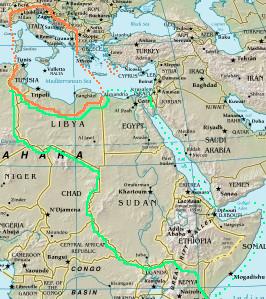
Imperialism, colonialism and irredentism played an important role in the foreign policy of Fascist Italy. Among the regime's goals were the acquisition of territory considered historically Italian in France and Yugoslavia, the expansion of Italy's sphere of influence into the Balkans and the acquisition of more colonies in Africa. The pacification of Libya (1923–32), the invasion of Ethiopia (1935–36), the invasion of Albania (1939), the invasion of France (1940), the invasion of Greece (1940–41) and the invasion of Yugoslavia (1941) were all undertaken in part to add to Italy's national space. According to historian Patrick Bernhard, Fascist Italian imperialism under Benito Mussolini, particularly in Africa, served as a model for the much more famous expansionism of Nazi Germany in Eastern Europe.

The Italian invasion of France, also called the Battle of the Alps, was the first major Italian engagement of World War II and the last major engagement of the Battle of France.
This bibliography on Church policies 1939–1945 includes mainly Italian publications relative to Pope Pius XII and Vatican policies during World War II. Two areas are missing and need separate bibliographies at a later date.
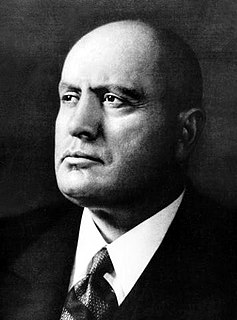
Benito Amilcare Andrea Mussolini was an Italian politician and journalist who founded and led the National Fascist Party. He was Prime Minister of Italy from the March on Rome in 1922 until his deposition in 1943, and "Duce" of Italian Fascism from the establishment of the Italian Fasces of Combat in 1919 until his execution in 1945 by Italian partisans. As dictator of Italy and founder of fascism, Mussolini inspired and supported the international spread of fascist movements during the inter-war period.

Arrigo Petacco was an Italian writer, historian and journalist.
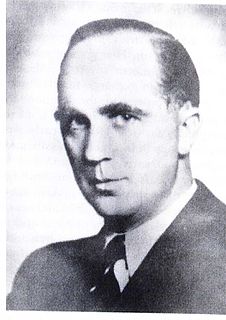
Rudolf Rahn was a German diplomat who served the Weimar Republic and Nazi Germany. As a member of the Party, and as Plenipotentiary to the Italian Social Republic in the closing stages of the Second World War, he was arrested and held at Nuremberg as a potential war criminal, but he was released in 1949 and deemed to be denazified in Class V (exonerated).

Cesare Amè was an Italian general and intelligence officer.
Marcantonio Bragadin was an Italian admiral of the Royal Italian Navy and the Italian Navy. He was also an essayist and the screenwriter of a number of war films. He was a direct descendant of the 16th-century Venetian commander Marco Antonio Bragadin.

Alessandro Casati was an Italian academic, commentator and politician. He served as a senator between 1923 and 1924 and again between 1948 and 1953. He also held ministerial office, most recently as Minister of War for slightly more than twelve months during 1944/45, serving under "Presidente del Consiglio" Bonomi.
Operation Rübezahl was the beginning of a strategic retreat by Nazi German troops from Serbia after the front change of Romania and Bulgaria during World War II.
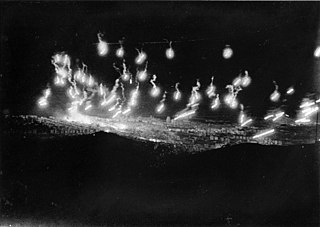
Owing to the importance of its port and industries, the Italian port city of Genoa, the regional capital and largest city of Liguria, was heavily bombarded by both Allied air and naval forces during Second World War, suffering heavy damage.

The bombing of Reggio Calabria was a series of attacks by the United States Army Air Force and the Royal Air Force on the Italian city of Reggio Calabria during World War II. All together, Reggio Calabria suffered 24 air raids, aimed at disabling its port facilities, airfield and marshalling yards, leaving most of the city destroyed or damaged.
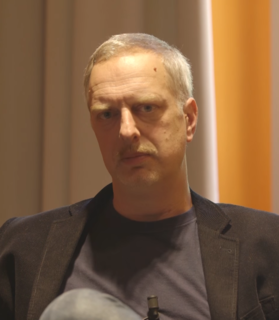
Antonio Scurati is an Italian writer and academic. In 2019, he was awarded the prestigious Strega Prize for his novel M. Il figlio del secolo (2018).
Comando Supremo was the highest command echelon of the Italian armed forces between June 1941 and May 1945. Its predecessor, the Stato Maggiore Generale, was a purely advisory body with no direct control of the several branches of the armed forces and with very little staff. Created amidst the exigencies of World War II, Comando Supremo was a large organization with several departments and operational command of the armed forces on the active fronts. At the end of the war, it was reduced to a purely advisory role again.
References
- ↑ "Author fuels row over Hitler's bomb· Germany 'came close to nuclear device in 1944,' Last living witness saw Baltic test explosion," by John Hooper, The Guardian, 30 September 2005
- ↑ This is told in Hitler's Bomb by the German historian Rainer Karlsch (Hitlers Bombe ( Hitler's Bomb ) - ISBN 3-421-05809-1, released on March 14, 2005).
- ↑ Hooper, John (30 September 2005). "Author fuels row over Hitler's bomb". United Kingdom: The Guardian. 2nd paragraph. Retrieved 16 December 2009.
Hitler's nuclear programme has become a subject of intense dispute in recent months, particularly in Germany. An independent historian, Rainer Karlsch, met with a barrage of hostility when he published a study containing evidence that the Nazis had got much further than previously believed.
- This article is based on material from the Italian Wikipedia .